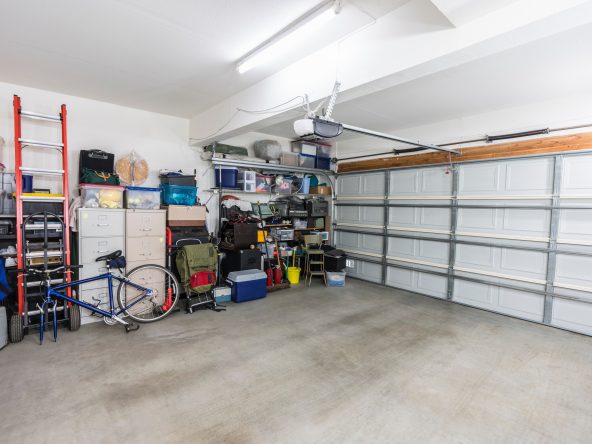You Ask, We Answer: How Can I Tell What the Property Lines Are for My Connecticut Home?
From building a fence to installing a swimming pool or planting trees, knowing where the property lines are for your Connecticut home can not only help you decide the best places to add these items, but they can also help you avoid disputes with your neighbors when you do. Here’s how to tell what the property lines are on your Connecticut home to save you time, money, and headaches down the line.
What are property lines, anyway?
Property lines are the defined points of land where your property legally ends. While some lawns may have designated markers, many do not. But just because you can’t see property lines doesn’t mean you’re off the hook for knowing where they are. In fact, as a Connecticut homeowner, if you want to add an addition onto your home, add a swimming pool or a fence, or even landscape your yard or install a generator, you’ll want to understand as much about your property lines as possible – and that includes understanding the terminology around property lines.
The front of your property is known as “frontage,” the sides are called “sidelines,” and the back portion of the property is commonly referred to as the “rear.” Understanding your property lines is important when you need to file permits with the town or city in which you reside, or when you decide to make additions or improvements to your Connecticut home.
Why is it important to know where my property lines are?
As we mentioned, knowing where your property ends is extremely important for when you want to make any alterations to your Connecticut property – especially one that will possibly impact your neighbor’s yard, like where you build a fence, plant trees, add a home addition, or install a pool. Having accurate information surrounding your property lines can prevent headaches and disputes that can drag on and on, becoming a source of emotional and financial stress.
How can I tell where the property lines are for my Connecticut home?
If your property lines are clearly marked, lucky you! However, many Connecticut homeowners rely on the information handed down to them from previous owners, which may not always be accurate. If you’re considering making changes to your property and you want to exercise caution and due diligence, there are several ways you can check your property lines.
1. Check the deed to your home
The deed to your property is one of the most important documents for your Connecticut home. In it, you’ll find a description of your property, including the land and property boundaries. Missing this pertinent info in your deed? Check and see if it refers you to an older deed with more details. Just be sure to note that some things that exist on older deeds– outbuildings, certain landmarks, etc. –may no longer be applicable. The boundaries for the land, however, should still hold true.
2. Conduct a survey
While it’s undoubtedly an investment, some Connecticut homeowners choose to have their property surveyed to get the most updated and accurate property lines – especially if they’re considering erecting a fence. Depending on your mortgage company, they may have already required a property line survey be conducted prior to closing. If you already have this–great! Refer to the survey to determine where your property lines are.
However, if you don’t, you can hire a land surveyor to come out and survey your property. They’ll also look into any easements on your property, its history, and they may even be able to pull any ecological restrictions or restrictions that pertain to your subdivision, if such things apply. While a land survey is a financial investment, it can provide an extensive and accurate account of your property lines–-and once it’s complete, you’ll have it to use as a reference for as long as you occupy your property.
3. Map it
Take a look at the paperwork for your Connecticut home. You probably have what’s sometimes referred to as a “plat,” which stands for “property baseline map.” If it’s not in with your paperwork, you can ask your local assessor’s office (or search on their website) for a copy. This plat should have a map of the boundary lines to your property, along with details on land elevation (important for pools or fences!), existing structures that belong to you, and even bodies of water that are part of your land.
Last but not least, your Calcagni Real Estate agent is a wonderful resource for how and where to get more information on the property lines for your Connecticut home. Don’t be afraid to reach out and ask!




